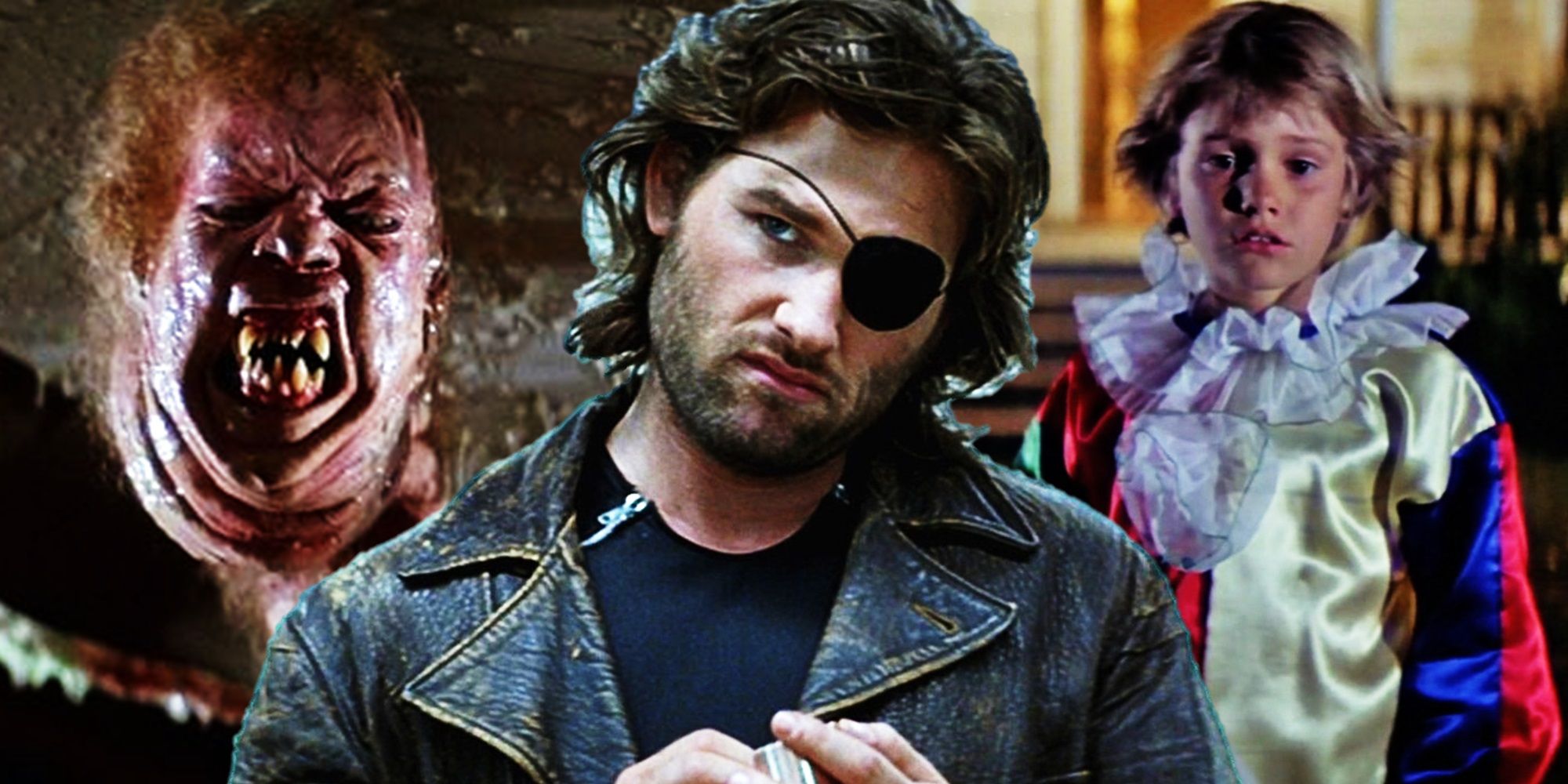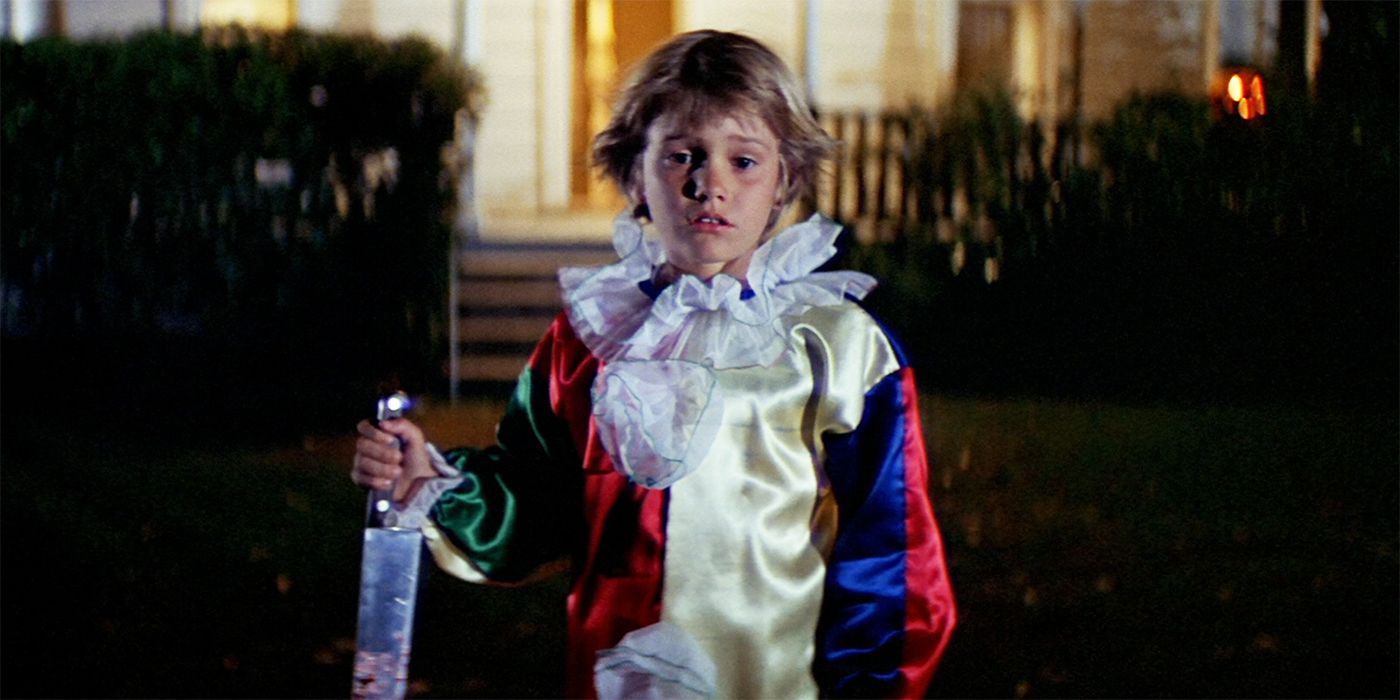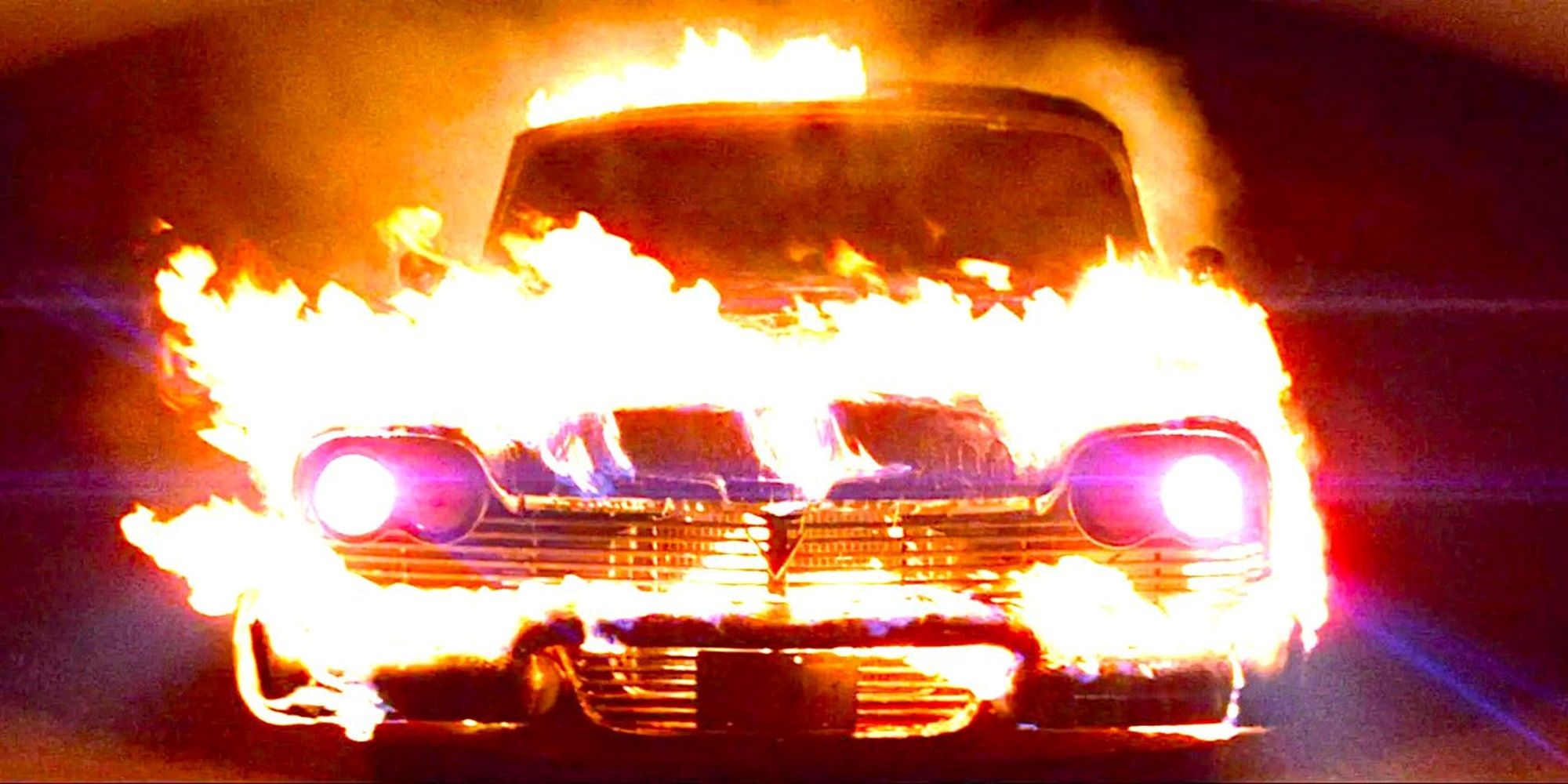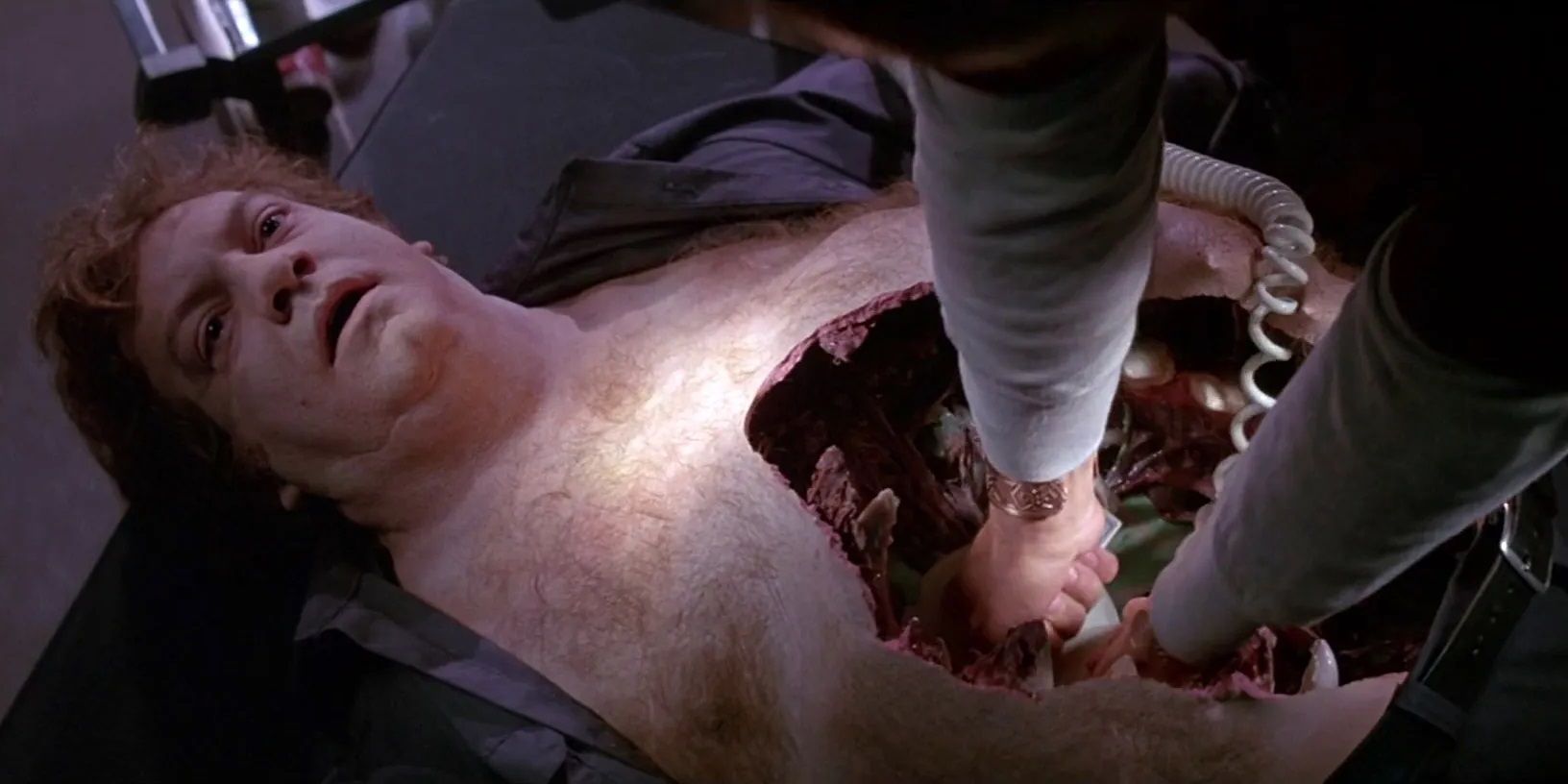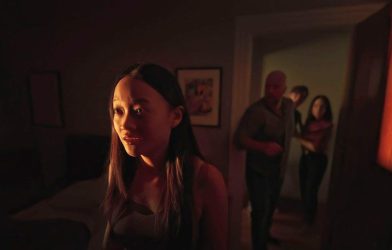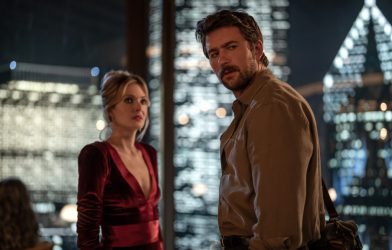Summary
- Michael Myers’ opening scene is iconic and sets the tone for Halloween as a pioneering slasher film.
- The elevator shaft sequence in Dark Star showcases Carpenter’s early mastery of suspense in low-budget filmmaking.
- The blood test scene in The Thing is a masterclass in suspense and a highlight of Carpenter’s career.
John Carpenter is getting his own star on the Hollywood Walk of Fame – and the greatest scenes from his iconic movies prove that he more than deserves the recognition. The Hollywood Chamber of Commerce recently announced all the legendary artists and performers who will be immortalized with a star on Hollywood Boulevard in 2025. The list includes some stars who arguably should’ve gotten a star a lot sooner, like Jane Fonda and the late Prince. The honorees also include Emilio Estevez, Nia Long, Colin Farrell, and Freddy Krueger himself, Robert Englund.
The director of The Thing and Escape from New York will also be joining them on the Walk of Fame in 2025. Since he’s been one of the biggest names in genre cinema and one of the most influential filmmakers in the horror genre for half a century, it seems strange that Carpenter is only just getting a star now. But, as the old saying goes, better late than never. From the chilling opening scene of Halloween to the blood test sequence in The Thing, all the most memorable moments from Carpenter’s filmography prove he deserves that star.

Related
John Carpenter’s 10 Strongest Female Characters, Ranked
From Laurie Strode in Halloween to The Fog’s Stevie Wayne, John Carpenter has created some of the strongest female characters in horror/sci-fi films.
10 Michael Myers’ Opening Murder
Halloween
Halloween (1978)
- Release Date
- October 27, 1978
- Studio(s)
- Falcon International Productions
- Runtime
- 91 Minutes
Although it was predated by Black Christmas and The Texas Chain Saw Massacre, Halloween is arguably the most pioneering work in the slasher genre. It presented movie producers with a template to make an inexpensive horror film with no big-name stars and plenty of gory thrills. Carpenter opens his indie slasher classic with one of the most iconic and unforgettable opening scenes in the entire horror genre.
The film opens from a masked killer’s P.O.V. as they stalk a suburban home, prey on a young woman, and eventually strike with a knife.
The film opens from a masked killer’s P.O.V. as they stalk a suburban home, prey on a young woman, and eventually strike with a knife. But the actual murder isn’t the most shocking part of this opening scene; the most shocking part is when the killer’s mask is pulled off, revealing him to be just six years old. This jaw-dropping twist tells the audience they have no idea what to expect from this movie.
9 The Beachball Alien Traps Pinback In An Elevator Shaft
Dark Star
Dark Star (1974)
- Release Date
- March 30, 1975
- Runtime
- 83 Minutes
- Main Genre
- Sci-Fi
Carpenter and his team had next to no money to produce his debut feature, the sci-fi satire Dark Star. Dark Star is essentially the most extravagant student film ever made. It takes the counterculture to the far reaches of space as the pessimistic, dope-smoking hippies at the helm of a dilapidated starship go around destroying unstable planets for their corporate overlords. But despite its amateurish production, the signs of Carpenter’s mastery of the craft are there.
The alien villain of Dark Star is a painted beachball, because that’s all Carpenter could afford, but that beachball alien creates one of the film’s tensest sequences. The alien pushes Pinback into an elevator shaft, where he hangs above a big drop and tries to kill the alien before it can kill him. The setup of the scene is silly, but the nail-biting execution shows that Carpenter was a master of suspense from the very beginning.
8 “I’m Here To Chew Bubblegum And Kick Ass”
They Live
They Live
- Release Date
- November 4, 1988
- Runtime
- 94 minutes
Carpenter helmed one of cinema’s greatest anti-capitalist satires with the underrated sci-fi gem They Live. “Rowdy” Roddy Piper stars as John Nada, a blue-collar working joe who discovers a pair of sunglasses that allow him to see the world for what it really is. Earth has been invaded by aliens who have brainwashed humanity into following orders, consuming products, and not questioning the status quo. It’s a spot-on lampoon of Reagan’s mega-consumerist, ultra-conservative America.
In his final showdown with the aliens, Nada rattles off the hilarious one-liner, “I’m here to chew bubblegum and kick ass… and I’m all out of bubblegum.” This is the kind of one-liner that Piper would spout in the ring, and his delivery is pitch-perfect. It’s not just a triumph against the film’s villains; it’s a triumph against capitalism as a whole.
7 The Fiery Fury
Christine
Christine
- Release Date
- December 9, 1983
- Studio(s)
- Columbia Pictures
- Runtime
- 110 minutes
Carpenter’s low-budget, character-focused approach to horror cinema made him a perfect match for a Stephen King adaptation. Carpenter turned King’s novel Christine into one of his most underappreciated movies. Christine has a crazy high-concept premise typical of King: it’s all about an evil, murderous 1958 Plymouth Fury that has the power to morally corrupt its driver (and seek revenge on his behalf).
When the car’s new owner, high schooler Arnie, is picked on by a gang of bullies, Christine sneaks out to exact vengeance. Christine doesn’t just put the bullies in their place; she slaughters them. The most spectacular sequence in this revenge montage sees Christine blowing up a gas station and driving away in flames. The image of Christine on fire is truly iconic, and a perfect example of Carpenter’s unique eye for unsettling visuals.
6 Snake Plissken’s Introduction
Escape From New York
Escape From New York
- Release Date
- July 10, 1981
- Studio(s)
- Embassy Pictures
- Distributor(s)
- Embassy Pictures
- Runtime
- 99 minutes
Arguably the most iconic character that Carpenter introduced to the big screen is Escape from New York’s eyepatch-wearing antihero Snake Plissken. Snake is a convict who’s offered a pardon for his crimes in exchange for going into Manhattan – which has been turned into a giant maximum-security prison in the film’s dystopian future – to rescue the President of the United States. With Kurt Russell’s ice-cool performance, Snake is the very definition of a badass.
Snake’s introduction at the beginning of Escape from New York is a masterclass in establishing a character. The setting of a sentencing makes the exposition of Snake’s rap sheet feel organic. The juxtaposition of a list of Snake’s crimes being read aloud with Russell’s casual attitude in the role tells viewers everything they need to know about this character before the story begins.
5 The Defibrillator Scene
The Thing
Carpenter’s redo of The Thing from Another World wasn’t appreciated in its time, but it’s since become hailed as a masterpiece of the sci-fi horror subgenre. The Thing essentially puts a sci-fi twist on a classic whodunit as an alien entity invades a remote Arctic outpost and starts infecting the scientists inside, so no one knows who they can trust. It’s a really tense, character-driven thriller, but it’s also a masterclass in body horror with some of the most gruesome special effects ever put on film.
Rob Bottin was just 22 years old when he created all the groundbreaking creature effects for The Thing. His ingenious command of otherworldly effects is demonstrated in stunning fashion in the notorious defibrillator scene. As Copper goes to plant defibrillator pads on an assimilated Norris’ chest, his chest opens up and bites off Copper’s hands – it’s a truly disturbing sight.
Rob Bottin also created the prosthetic effects in
RoboCop
(1987)
4 Kathy’s Death
Assault On Precinct 13
Carpenter followed up Dark Star with his sophomore effort, the action thriller Assault on Precinct 13, in which a group of cops and civilians are held hostage in an armed standoff with ruthless gangsters at a police precinct. The inciting incident of the plot is when a little girl named Kathy gets caught in the crossfire of a gangland shootout and Kathy’s incensed father guns down the shooter. This provokes the ire of the rest of the gang, leading to the standoff.
There’s a lot of shocking violence in Assault on Precinct 13 – enough to spark widespread controversy upon the film’s release – but it never gets more shocking than Kathy’s murder. Carpenter’s filmmaking is characterized by uncompromising brutality; there’s no line he won’t cross. And no scene exemplifies that better than when a little girl gets shot dead in Assault on Precinct 13.
3 Jack Burton Vs. Lo Pan
Big Trouble in Little China
Kurt Russell’s Jack Burton hilariously subverts the expectations of an action hero in Big Trouble in Little China. The expectation is that the main protagonist will be a capable badass – especially when he’s played by Snake Plissken himself – and the wisecracking sidekick will be an incompetent goofball. But in Big Trouble in Little China, Russell’s protagonist is the goofball who’s prone to pratfalls and his sidekick is the badass who saves the day.
Kurt Russell’s Jack Burton hilariously subverts the expectations of an action hero in
Big Trouble in Little China
.
But in his climactic fight with the villainous Lo Pan, Jack flips the script once again. When Lo Pan attempts to kill Jack with a throwing knife, Jack catches the knife and throws it back at Lo Pan’s head, killing him. Big Trouble in Little China proved that, as well-regarded as Carpenter is in the horror genre, he’s a master of action filmmaking, too.
2 Michael Myers Stalking Laurie Strode
Halloween
In the first act of Halloween, Carpenter proved that horror directors don’t need a lot of money to build palpable tension and draw their audience out to the edge of their seats. Throughout the day, unsuspecting Laurie Strode is quietly stalked by Michael Myers. She spots him following her to school and she sees him lurking behind the washing line in her backyard. The Shatner mask and the boilersuit make Michael an instantly recognizable (and unnervingly inhuman) villain.
Carpenter uses simple filmmaking techniques to breathtaking effect throughout this sequence. When Laurie sees Michael in the backyard, Carpenter uses shot/reverse shot – one of the oldest tricks in the book – to get a jump scare out of Michael’s sudden disappearance. It’s just an old editing method, but it immediately creates an air of supernatural mystique around Michael.
1 The Blood Test
The Thing
The Thing (1982)
- Release Date
- June 25, 1982
- Studio(s)
- Universal Pictures
- Runtime
- 109 minutes
- Franchise(s)
- The Thing
Arguably the greatest piece of filmmaking from Carpenter’s entire career is the blood test sequence from The Thing. As more and more scientists at the Arctic outpost are being picked off by the mysterious entity, they come up with a plan to determine once and for all who’s been assimilated. They plan to extract a drop of blood from everybody still standing and mix it in with some uncontaminated blood, going off the hypothesis that the blood will react if the sample added contains some alien impostor blood.
John Carpenter manages to keep his audience at the edge of their seats, waiting for blood to spurt out of a petri dish, as everyone’s blood is slowly tested, one by one. This sequence is a masterclass in suspenseful filmmaking. It could go toe-to-toe with anything shot by Alfred Hitchcock.

